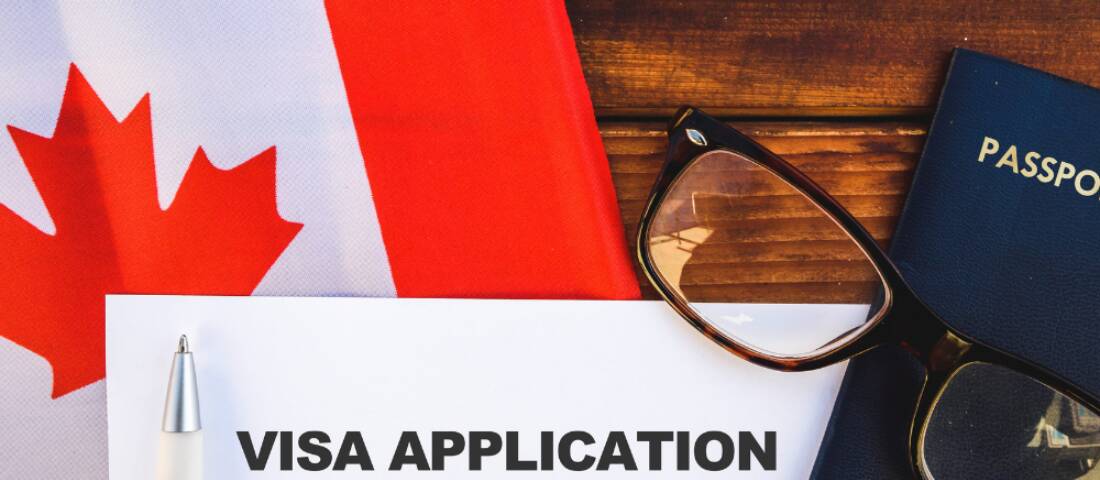BOOK YOUR FREE CASE EVALUATION
Canada is introducing a new way to categorize immigration employment requirements. Canada's National Occupational Classification (NOC) is responsible for federal social programs and the labour market, and is updated every 10 years. In 2022, Canada's Employment and Social Development Canada (ESDC) will introduce TEER: their Training, Education, Experience and Responsibilities system of national occupational classification. The new NOC 2021 was developed in partnership with Statistics Canada to reflect changes to the Canadian economy and labour market.
What Are TEER and NOC 2021?
The specifications for TEER and NOC 2021 have not been announced by the Canadian government yet and will be published on the ESDC website when they are available. The new program is expected to be fully implemented in the 2nd half of 2022.
The ESDC website has provided a summary of changes to help plan for the new NOC and transition to the new employment requirements.
Summary of Changes
NOC 2021 will not use the four skill type categories NOC A, B, C, D. The TEER system has six categories: 0, 1, 2, 3, 4, and 5.
The new NOC 2021 has structural changes such as the addition, aggregation or merging, and splitting of unit groups as well as the reorganization of certain groups across broad occupational categories and Training, Education, Experience and Responsibilities (TEER) categories. The new NOC 2021 also:
- Overhauls the current four-category NOC "Skill level" structure by introducing a new six-category system representing the level of Training, Education, Experience and Responsibilities (TEER) required for entry in an occupation.
- Adopts a five-tiered hierarchical arrangement of occupational groups with successive levels of disaggregation containing broad occupational categories, major groups, sub-major groups, minor groups, and unit groups.
- Introduces a brand new five-digit codification system to replace the current four-digit system.
Statistics Canada has released a Correspondence Table to compare National Occupational Classification (NOC) 2016 V1.3 to National Occupational Classification (NOC) 2021

NOC 2021 Impact on Immigrants and Foreign Workers
ESDC and IRCC have not released enough information to determine the full impact of TEER and NOC 2021.
Work Experience
Under NOC 2021, like the current NOC requirement, the key eligibility criteria will continue to be work experience for immigrant and foreign worker applications.
Education
Immigration applicants with less advanced education and in lower skills jobs may experience more changes under the new NOC classifications.
LMIA
Work permits and Labour Market Impact Assessments must be careful to choose the correct NOC code to get their application approved, and will need to ensure they choose the correct code under the new NOC 2021.
Permanent Residents and Express Entry
ESDC has not released enough information to determine how TEER and NOC 2021 will impact permanent residents and Express Entry applicants.
Do You Want To Move To Canada?
Immigration applications can be confusing, and a simple error or missed deadline can cause your application to be denied. The experienced immigration legal team at Ackah Business Immigration Law can:
- determine your eligibility for Canadian immigration
- help you determine the best program for your qualifications
- prepare and submit your application
- troubleshoot any issues during the application and review process
- provide solutions and alternative options for your specific situation








